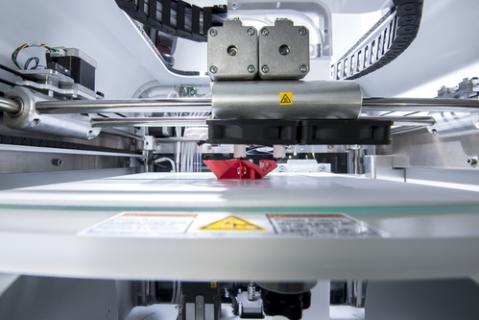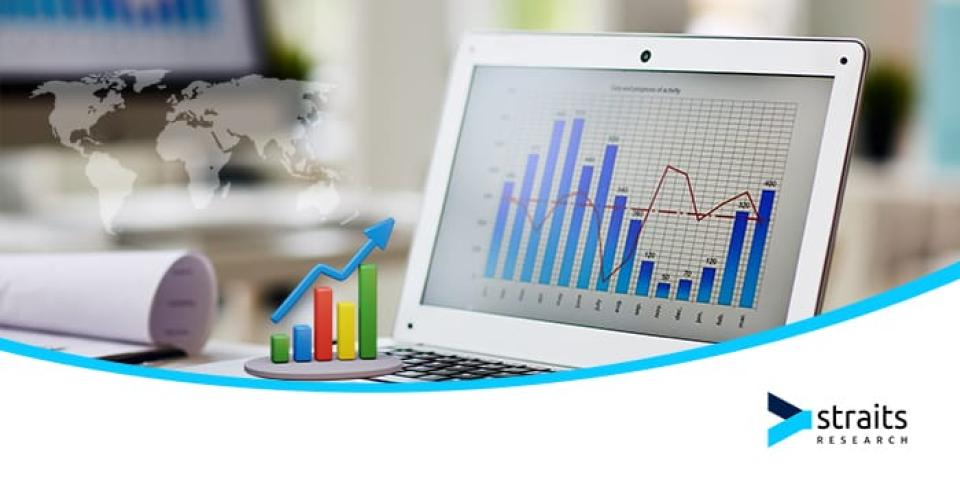In the realm of manufacturing, precision and innovation are
paramount, and Pacific Die Casting (PDC) exemplifies this ethos through their
commitment to excellence in die casting technologies. While 3D printing has
revolutionized prototyping and small-scale production, Pacific Die Casting
stands out for its expertise in high-volume precision manufacturing using
traditional die casting methods.
Traditional Die Casting vs. 3D Printing
The emergence of 3D printing, also known as additive
manufacturing, marked a significant advancement in the manufacturing landscape.
This technology allows for the creation of three-dimensional objects from
digital models by layering materials in accordance with the model's
specifications. Initially termed ‘rapid prototyping,’ its primary goal was to
quickly and cost-effectively produce prototypes.
In contrast, traditional die casting, as employed by Pacific Die
Casting, involves injecting molten metal into a mold cavity
under high pressure. This process yields highly precise and durable parts
suitable for a wide range of industrial applications. While 3D printing excels
in flexibility and rapid prototyping, die casting offers superior strength,
dimensional accuracy, and surface finish, making it ideal for large-scale production
and components requiring stringent mechanical properties.
Pacific Die Casting's Expertise and Capabilities
Pacific Die Casting Corporation, based in Commerce,
California, leverages its extensive experience and state-of-the-art facilities
to produce high-quality components from Aluminum Alloys, Zinc, and Brass. With
a robust fleet of die casting machines exceeding 500 tons in capacity,
including recent acquisitions from Sonny, PDC has the capability to manufacture
parts weighing up to 25 pounds. This extensive range of capabilities positions
PDC as a leader in the Western United States for large-scale precision die
casting.
Advantages of Traditional Die Casting
The advantages of traditional die casting offered by Pacific
Die Casting are manifold:
- Precision
and Accuracy: Die casting ensures precise replication of intricate
designs and tight tolerances, crucial for components used in automotive,
aerospace, and electronics industries.
- High
Strength and Durability: Parts manufactured through die casting
exhibit superior mechanical properties, including high tensile strength
and dimensional stability, essential for demanding applications.
- Cost-Effectiveness:
While initial tooling costs may be higher compared to 3D printing, die
casting becomes highly cost-effective for large production runs due to
faster cycle times and minimal post-processing requirements.
- Surface
Finish: Die casting provides excellent surface finish and allows for
secondary operations such as machining, polishing, and coating, further
enhancing part aesthetics and functionality.
Innovation and Future Directions
While Pacific Die Casting specializes in traditional
manufacturing methods, they remain at the forefront of innovation. The company
continuously invests in advanced technologies and process improvements to
optimize efficiency, reduce lead times, and maintain stringent quality
standards. By embracing digital integration and automation, PDC enhances
operational agility and responsiveness to customer needs, ensuring they remain
competitive in a rapidly evolving market.
Conclusion
Pacific Die Casting Corporation exemplifies precision
manufacturing excellence in the Western United States, offering a comprehensive
suite of services including die casting, tool making, machining, and metal
finishing. While 3D printing has revolutionized prototyping and small-scale
production, Pacific Die Casting's commitment to traditional die casting methods
ensures superior quality, durability, and reliability for large-scale
manufacturing needs. As industries continue to evolve, Pacific Die Casting
remains steadfast in its dedication to delivering innovative solutions that
meet and exceed customer expectations, solidifying their reputation as a
trusted partner in precision manufacturing.





